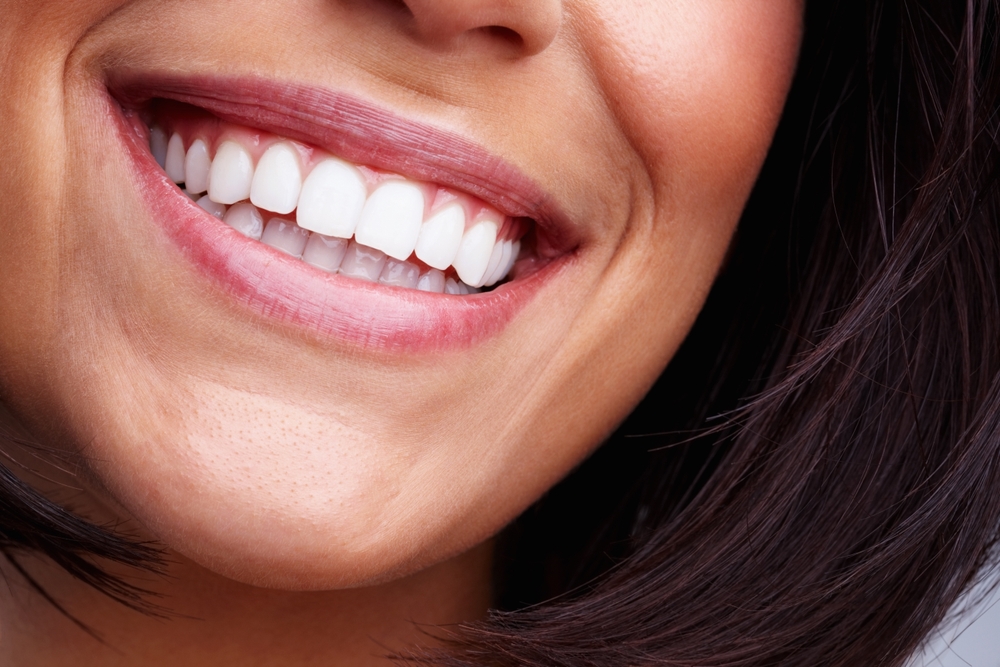A bright, white smile is a confidence booster, and many people turn to teeth whitening to enhance their appearance. However, if you have dental bonding or veneers, you may wonder whether whitening treatments will work for you. The answer is not as straightforward as it is for natural teeth. In this blog, we will explore whether bonded teeth and veneers can be whitened and what alternatives are available to maintain a radiant smile.
In This Blog:
- Understanding Dental Bonding and Veneers
- Why Traditional Whitening Does Not Work on Bonding or Veneers
- Alternative Options for Brightening Bonded Teeth and Veneers
- Maintaining a Whiter Smile with Bonded Teeth or Veneers
Understanding Dental Bonding and Veneers
Before discussing whitening options, it is important to understand what dental bonding and veneers are and how they function.
What is Dental Bonding?
Dental bonding is a cosmetic procedure where a tooth-colored composite resin is applied to the teeth to repair chips, cracks, or discoloration. It is a popular and affordable option for enhancing a smile. Bonding material is custom-shaded to match natural teeth, blending seamlessly with the existing smile.
What are Veneers?
Veneers are thin shells, typically made of porcelain or composite resin, that are placed over the front surface of the teeth to improve their shape, size, and color. Porcelain veneers, in particular, are highly resistant to staining, making them an excellent long-term cosmetic solution. However, like dental bonding, veneers do not respond to traditional teeth whitening treatments.
Why Traditional Whitening Does Not Work on Bonding or Veneers
Teeth whitening treatments work by using bleaching agents, such as hydrogen peroxide or carbamide peroxide, to break down stains on the tooth surface and penetrate the enamel. These bleaching agents target both extrinsic stains (those on the outer layer of the teeth caused by coffee, tea, wine, and tobacco) and intrinsic stains (those that develop deeper within the tooth due to aging, trauma, or medication).
When applied to natural teeth, whitening treatments oxidize the organic compounds responsible for discoloration, effectively lightening the overall shade of the enamel and dentin underneath. Professional whitening treatments provided by a dentist use higher concentrations of bleaching agents and may involve light or heat activation to enhance the process. Over-the-counter whitening products, such as whitening strips and toothpaste, contain lower concentrations of bleaching agents and primarily help with surface stains.
Why Whitening Does Not Work on Bonding or Veneers
Unlike natural tooth enamel, which is porous and can absorb whitening agents, dental bonding and veneers are made of non-porous materials like composite resin and porcelain. These materials do not react to the chemical process of bleaching, meaning they will not lighten, no matter how many whitening treatments are applied.
Additionally, since composite bonding can be more porous than porcelain, it can become stained over time, but it cannot be bleached back to its original shade. Porcelain veneers, while highly resistant to staining, also do not respond to whitening treatments. If natural teeth surrounding the bonding or veneers are whitened, it can create an uneven look where restorations appear darker by comparison.
For individuals looking to brighten their smile while having bonding or veneers, alternative options such as professional polishing, resurfacing, or replacing the restorations may be necessary to achieve a uniform, whiter appearance. Consulting a dentist is the best way to determine the most effective solution.
Alternative Options for Brightening Bonded Teeth and Veneers
If you are looking to enhance the brightness of your smile but have dental bonding or veneers, consider these alternatives:
Professional Cleaning and Polishing
A professional dental cleaning can remove surface stains from bonded teeth or veneers, restoring some of their original brightness. While this will not lighten the underlying material, it can refresh their appearance.
Replacing or Resurfacing Restorations
If dental bonding or veneers have become discolored over time, replacing them may be the best option. Unlike natural teeth, restorations do not respond to whitening, so getting a new set in a lighter shade can help achieve the desired brightness.
Choosing a Lighter Shade for New Bonding or Veneers
For those considering dental bonding or veneers, selecting a slightly lighter shade from the beginning is a good idea. This ensures the smile remains bright and natural-looking for years to come.
Maintaining a Whiter Smile with Bonded Teeth or Veneers
Although teeth whitening treatments do not work on bonded teeth or veneers, there are several ways to keep your smile looking bright and fresh. Proper care and maintenance can prevent discoloration, extend the lifespan of your restorations, and help maintain a uniform smile.
Practice Excellent Oral Hygiene
Good oral hygiene is essential for keeping both natural teeth and restorations looking their best. Brush your teeth at least twice a day using a soft-bristled toothbrush and a non-abrasive toothpaste to avoid scratching the surface of veneers or bonding. Floss daily to remove plaque buildup and prevent staining around the edges of the restorations. Finally, be sure to schedule regular dental checkups and professional teeth cleanings.
Avoid Staining Foods and Beverages
Certain foods and drinks can stain natural teeth as well as composite bonding over time. To minimize discoloration, try to limit:
- Coffee and tea
- Red wine
- Dark sodas
- Berries
- Soy sauce
- Tomato-based sauces
If you do consume these items, consider rinsing your mouth with water or brushing your teeth shortly afterward to prevent stains from setting. Using a straw for beverages can also help reduce contact with the teeth.
Quit Smoking and Tobacco Use
Tobacco products are one of the leading causes of dental discoloration. Smoking can stain both natural teeth and composite bonding, making your restorations appear yellow or brown over time. Quitting smoking not only benefits your overall health but also helps maintain a brighter smile.
Consider Professional Polishing for Restorations
If your bonded teeth or veneers begin to look dull or stained over time, your dentist can perform professional polishing using specialized tools. This process helps remove surface stains and restore a smooth, glossy finish without damaging the restorations.
Use a Whitening Toothpaste (for Natural Teeth)
While whitening toothpaste will not change the color of bonding or veneers, it can help maintain a uniform look by preventing further staining on your natural teeth. Choose a non-abrasive formula to protect the surface of your restorations.
By following these steps, you can keep your bonded teeth or veneers looking their best for years. If you have concerns about discoloration or want to explore options for enhancing your smile, consult with your dentist for personalized advice.
Conclusion
While teeth whitening treatments do not work on bonded teeth or veneers, there are several ways to maintain or restore a bright smile. Professional cleanings, resurfacing or replacing restorations, and avoiding stain-causing foods and drinks can help keep a smile looking radiant. If you are considering cosmetic dental work, consult with a dentist about selecting the right shade for restorations to ensure long-lasting brightness.
If you are unsure about the best approach for your smile, schedule a consultation with your dentist to explore the best options for achieving and maintaining a bright, white smile.



